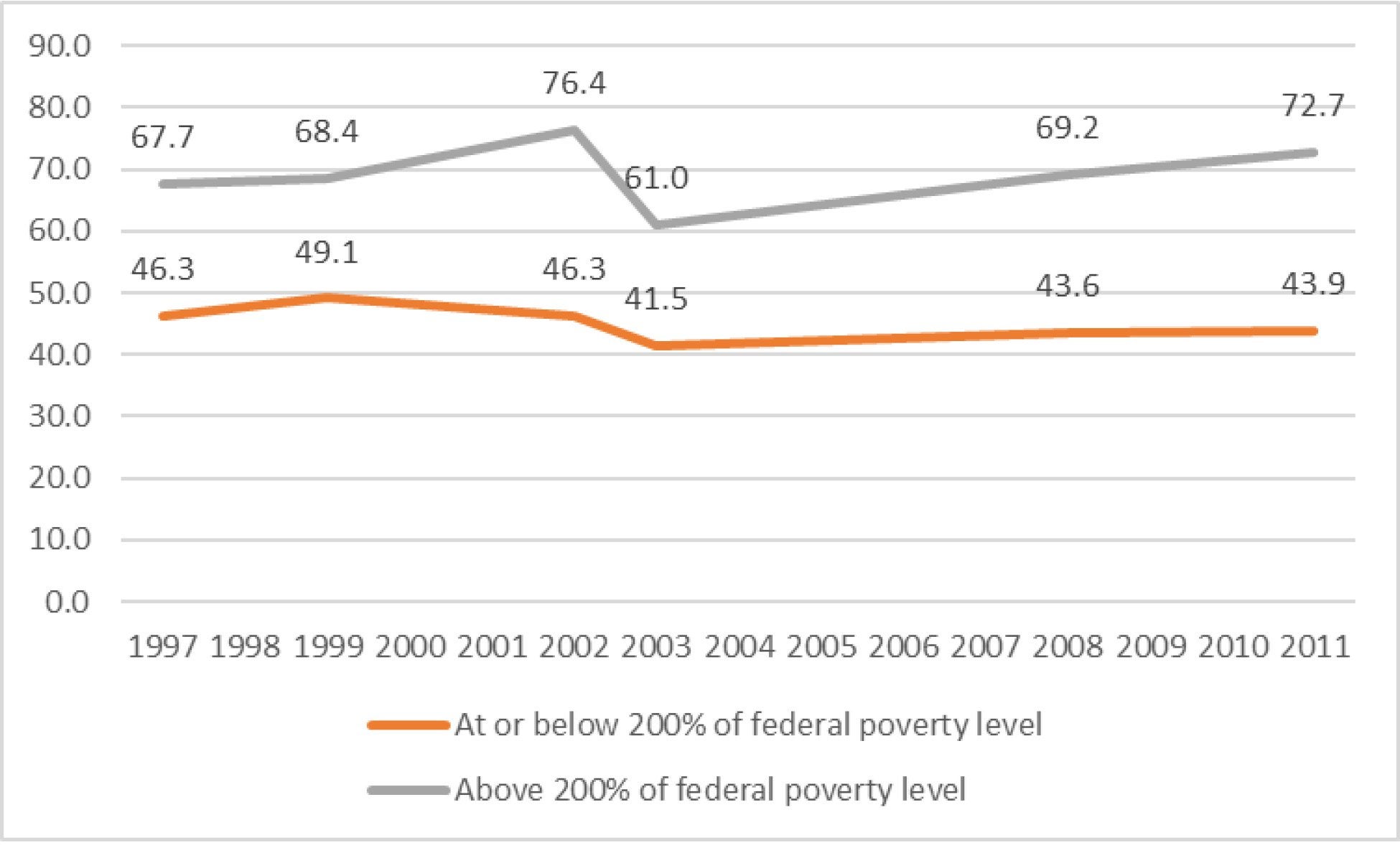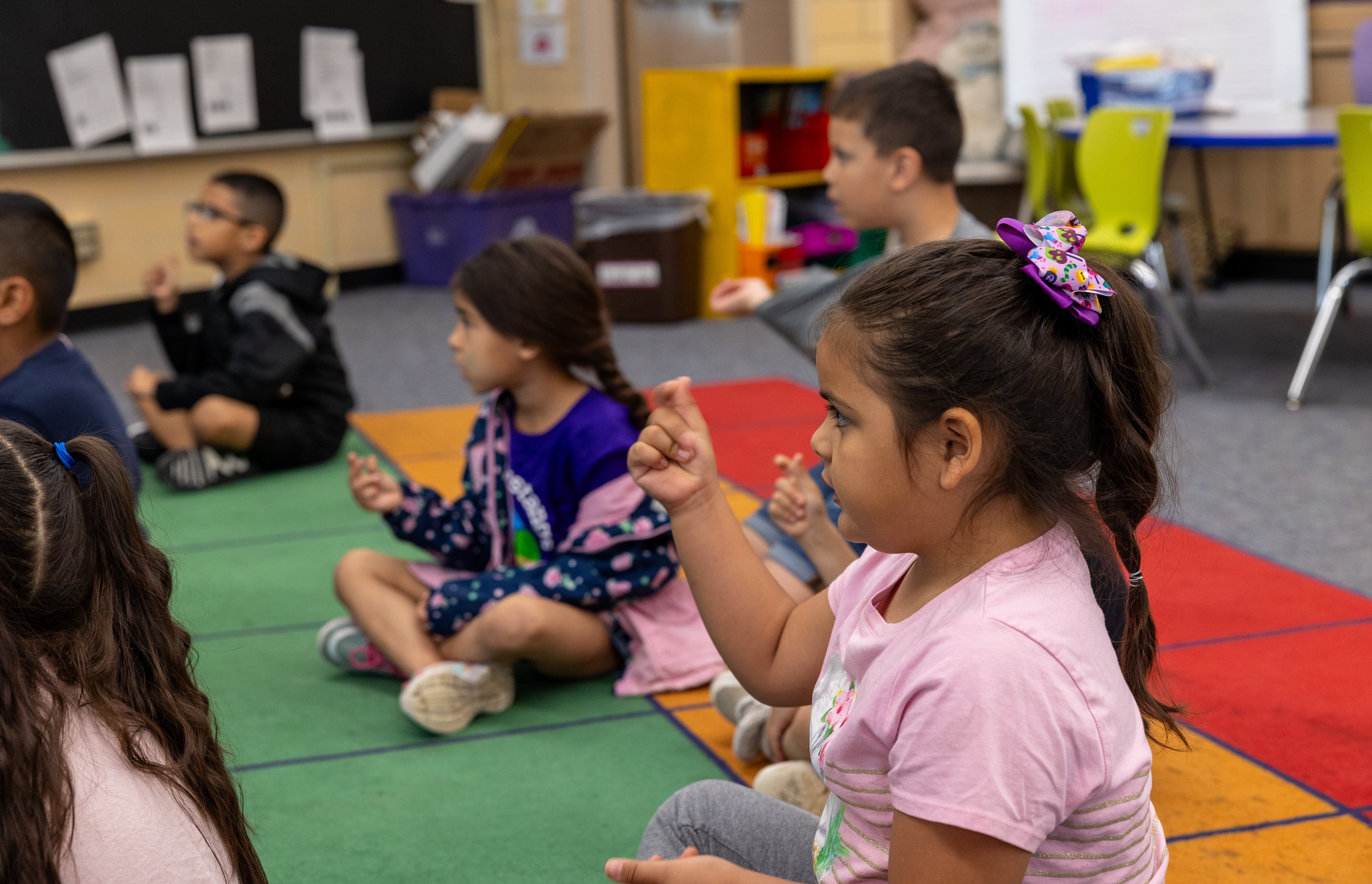Ask people about the book they remember most clearly, a movie script they could recite, or the weirdest song they can sing along to, and chances are they’ll name something from their adolescence. The tween and early teen years, for better or worse, can stick with us throughout our lives, determining who we are, where we feel we belong and where we want to be when we grow up.
How can today’s adults help young people use these crucial years to become healthy, productive, and empathetic adults of tomorrow? One way is to offer meaningful and enriching out-of-school activities that provide safe spaces to experiment with new experiences, new interests, and new ways of relating to the world.
Unfortunately, many young people lack access to such activities. A 2020 survey conducted by the Afterschool Alliance found that there were 24.6 million children in the U.S. who were not enrolled in out-of-school-time programs but would be if such programs were available to them. For every child enrolled in out-of-school programs, according to the same survey, there were three who would attend if they could.
Access is especially limited for youth from low-income backgrounds, many of whom may most need afterschool support while parents or guardians work multiple jobs to make ends meet. According to a 2014 Child Trends survey, 72.7 percent of households with incomes more than twice the federal poverty level enrolled children in out-of-school activities. For households making less than that, the number fell to just 43.9 percent, a 29-point difference.

Decades of Wallace experience suggest that a focus on systems—the coordinated efforts of entities such as departments of education, school boards, philanthropies, nonprofit groups, and intermediary organizations—could help change this picture and expand access to quality out-of-school-time programs. Efforts in cities around the country, including Dallas, Boston and Tulsa, point to elements of systems that could help more young people access the programs they need, including:
- An entity to coordinate the work of different groups and the resources available to them
- Clear standards of quality
- Data systems that keep track of who has access to out-of-school-time programs, populations that may be excluded from them, the quality of services these programs provide, and opportunities to improve them
- Committed leadership from prominent officials such as mayors and county executives
Wallace has several resources available to help cities develop such systems. Among them are guides to:
- Help ensure equity in out-of-school-time programs
- Use data to assess their effectiveness
- Identify federal funding opportunities, made available through the American Rescue Plan of 2021, that could help pay for the development of these systems




